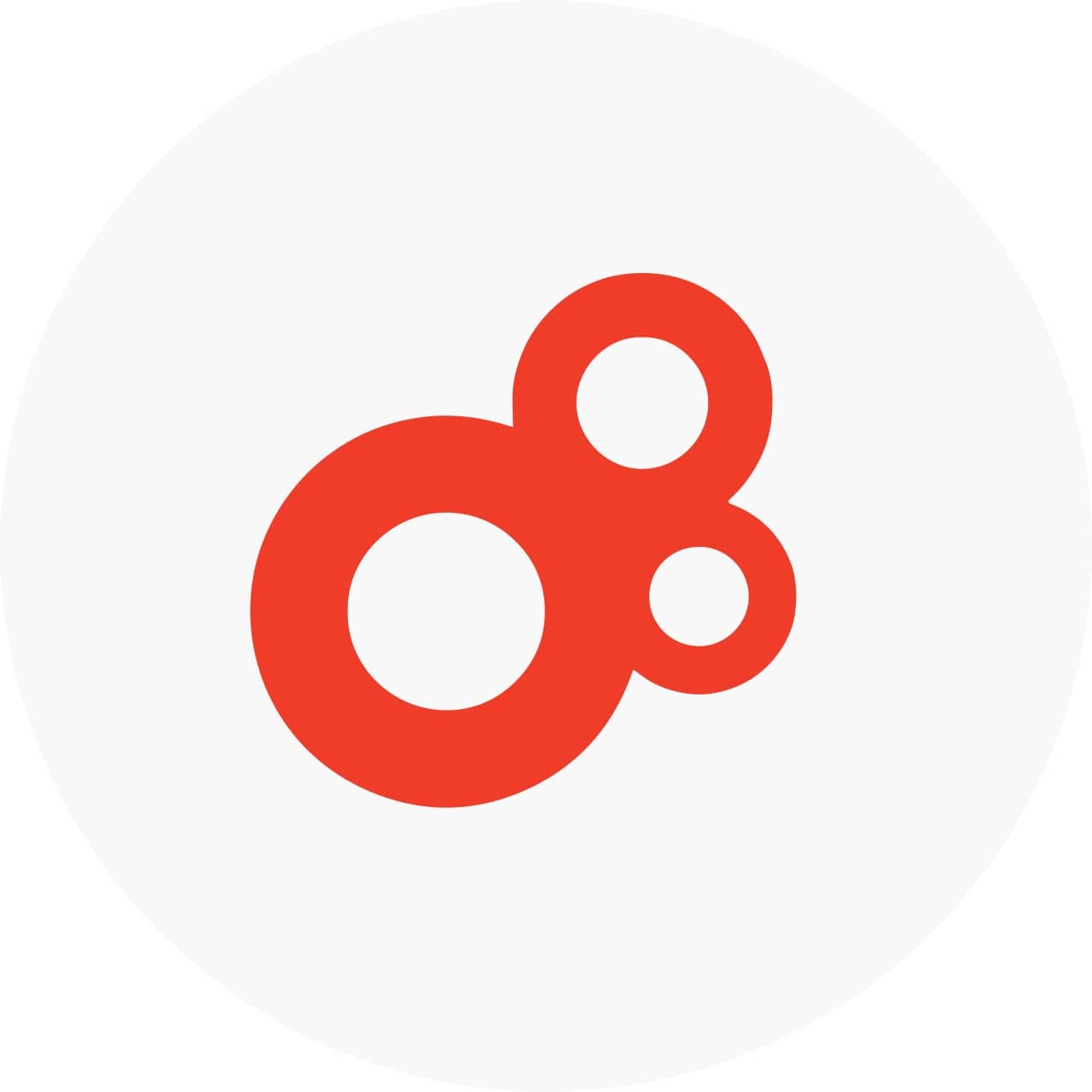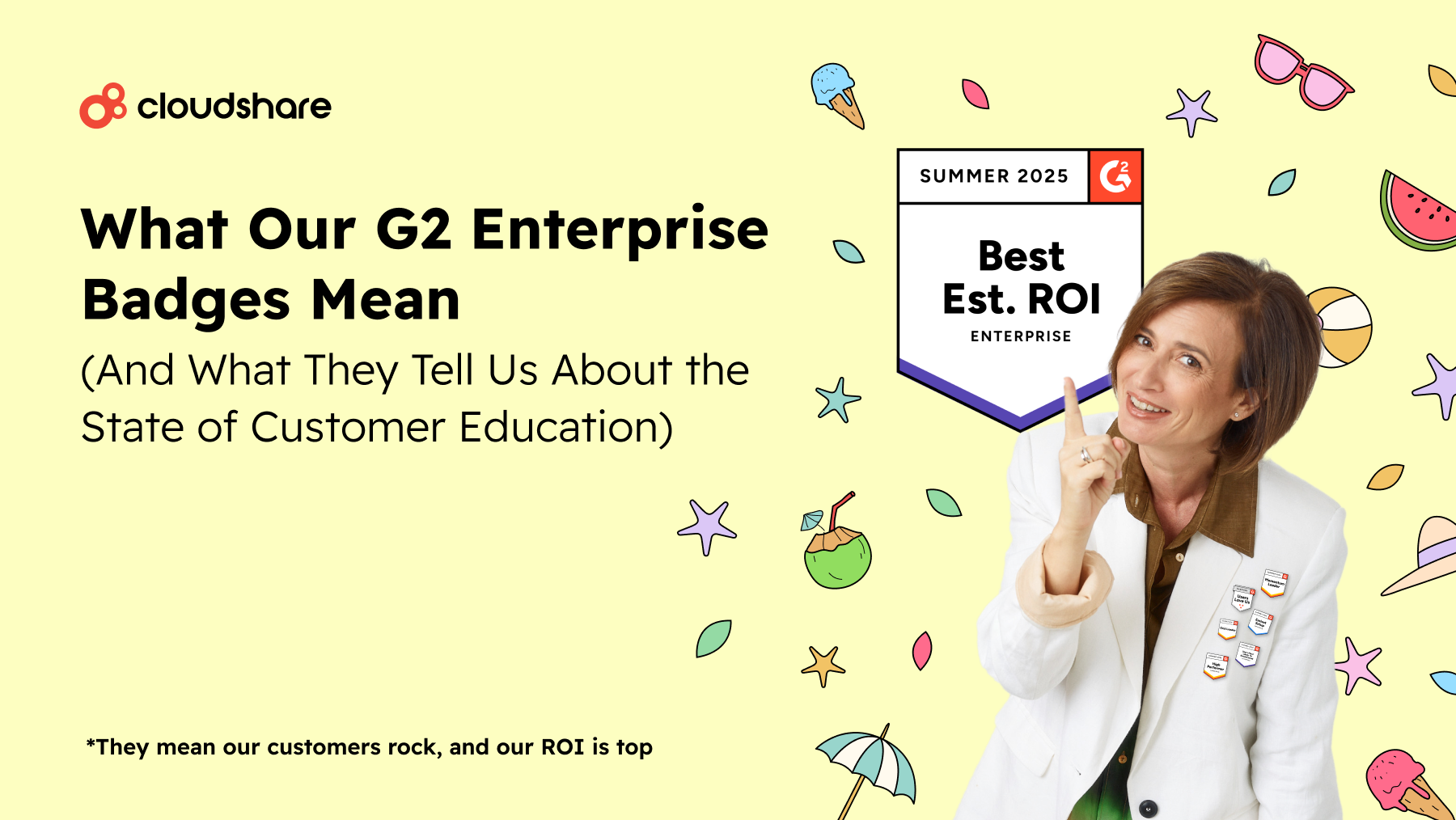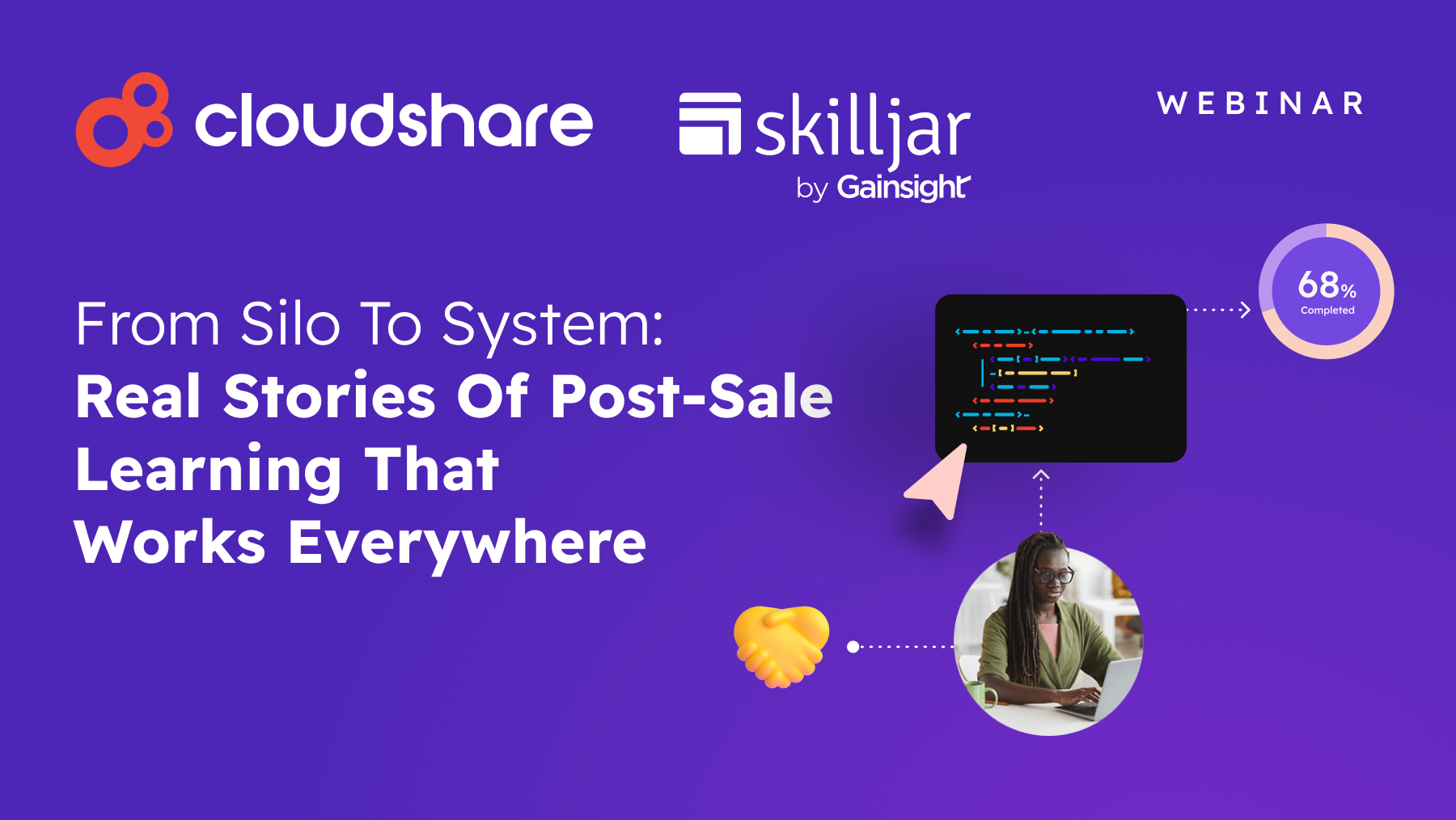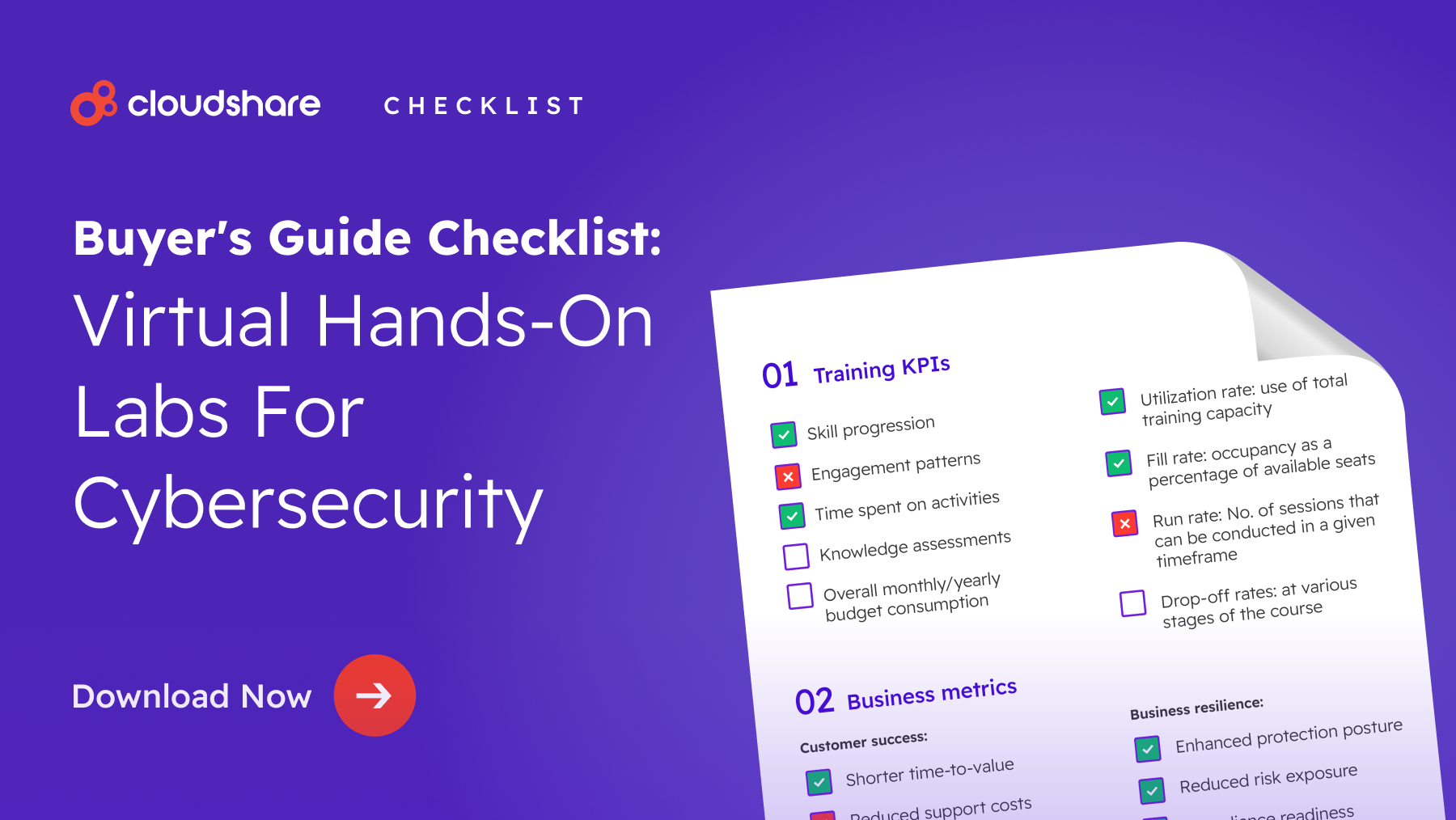
Curious about how you can drive product adoption for your SaaS business?
Product adoption, also known as user adoption, is what occurs when a customer integrates a product or service into their workflows, using its key features to address their needs. It typically means that the customer has recognized the software’s value enough to start using it on a consistent, ongoing basis.
So, what makes product adoption a must-have? And how can you leverage customer training to improve product adoption? Read on to find out.
Why Product Adoption is Important
Particularly in SaaS, product adoption is indicative of not only a product’s market fit but also the strength of its sales and onboarding processes. High product adoption correlates with reduced churn, improved revenue growth and increased customer satisfaction. Customers who have fully adopted a product are often more amenable to cross-selling and upselling, as well.
These factors arguably make product adoption the most crucial stage not just in the sales process, but in the entire customer journey.
Measuring Product Adoption
There are a few different metrics and KPIs your company can use to keep track of product activations. The most straightforward of these is product adoption rate, which compares the number of new active users for a time period against the total sign-ups in that same period. To calculate product adoption rate, you can use the following formula:
(New Active Users/Total Sign-ups)/100
Other product adoption KPIs include:
- User engagement metrics: such as daily or monthly active users, total usage time, product stickiness and interaction frequency.
- Feature adoption rate: which measures the percentage of users who have interacted with a particular feature within your software. The formula for calculating feature adoption rate is more or less the same as the product adoption rate formula.
- Activation rate: which measures the percentage of users who take a particular action that indicates they’ve successfully engaged with your software. The nature of this action largely depends on your software and its specific use cases.
- Time to value: how long it takes before customers activate and begin seeing value from your software.
- Revenue metrics: such as churn and average lifetime value.
What’s the Difference Between Product Adoption and Product Activation?
Product adoption and product activation are frequently conflated. However, while they are very similar and ultimately measure the same thing — that being the success of your onboarding process — they’re still two distinct metrics.
Product activation is the precursor to product adoption. It indicates that a customer has experienced value in using your software for the first time. Colloquially known as the “aha!” moment, it’s the point at which a prospect truly embraces your software.
Product adoption is the journey that occurs after that moment. A customer who has adopted your software experiences ongoing value from both its primary and secondary features. They have decided to invest in that software, and may even opt to deepen that investment moving forward.
What Can You Do to Increase Product Adoption?
While improving existing product features and functionality is incredibly important to ongoing adoption, your onboarding process is what truly makes or breaks adoption rate. To increase adoptions and activations, your first step should therefore be to re-examine your customer training practices. This includes:
Assessing Your Onboarding Strategy
What are your specific goals when guiding a prospect through onboarding? What features do you want them to focus on? What do you want them to understand about your software?
These are all questions you need to answer — and all of them require a clear understanding of your target audience and industry. As part of this assessment, you should also re-examine the customer journey. Your goal is to answer the following:
- Is my customer success team doing enough to guide prospects through onboarding?
- What pain points do customers typically experience? How effectively does my onboarding process convey how my software can address these?
- What steps have I taken to apply segmentation and personalization to my customer training?
- How am I measuring progress and success? Have I accounted for possible blind spots?
- How long does onboarding typically take? Is there anything I can do to streamline it?
Collecting User Feedback
Never underestimate the value of user surveys. While asking your users what they enjoy or appreciate about your software can provide you with valuable marketing collateral, finding out what they dislike is also incredibly important. Your customers and prospects can help eliminate problems in your onboarding process and ensure that more people make it through to completion.
Embracing Hands-On Training
Prospects can only learn so much from passive training materials and guided walkthroughs. Instead, consider providing a sandbox environment in which customers can experience the product and its features first hand. Built-in usage analytics can give you a better idea of how new users engage with your product, potentially allowing you to flag any confusing or poorly-implemented features or design decisions.
As an added benefit, this sandbox can also be used to deliver more compelling and convincing product demos.
Deliver Better Training with CloudShare
A high product adoption rate— and by association, a high product activation rate — is a cornerstone of any successful SaaS company. Effective customer training is one of the best ways to achieve it. The better your onboarding process, the better your chances of both attracting and retaining a loyal customer base.
CloudShare can help. Book a demo, and we’ll show you how.



